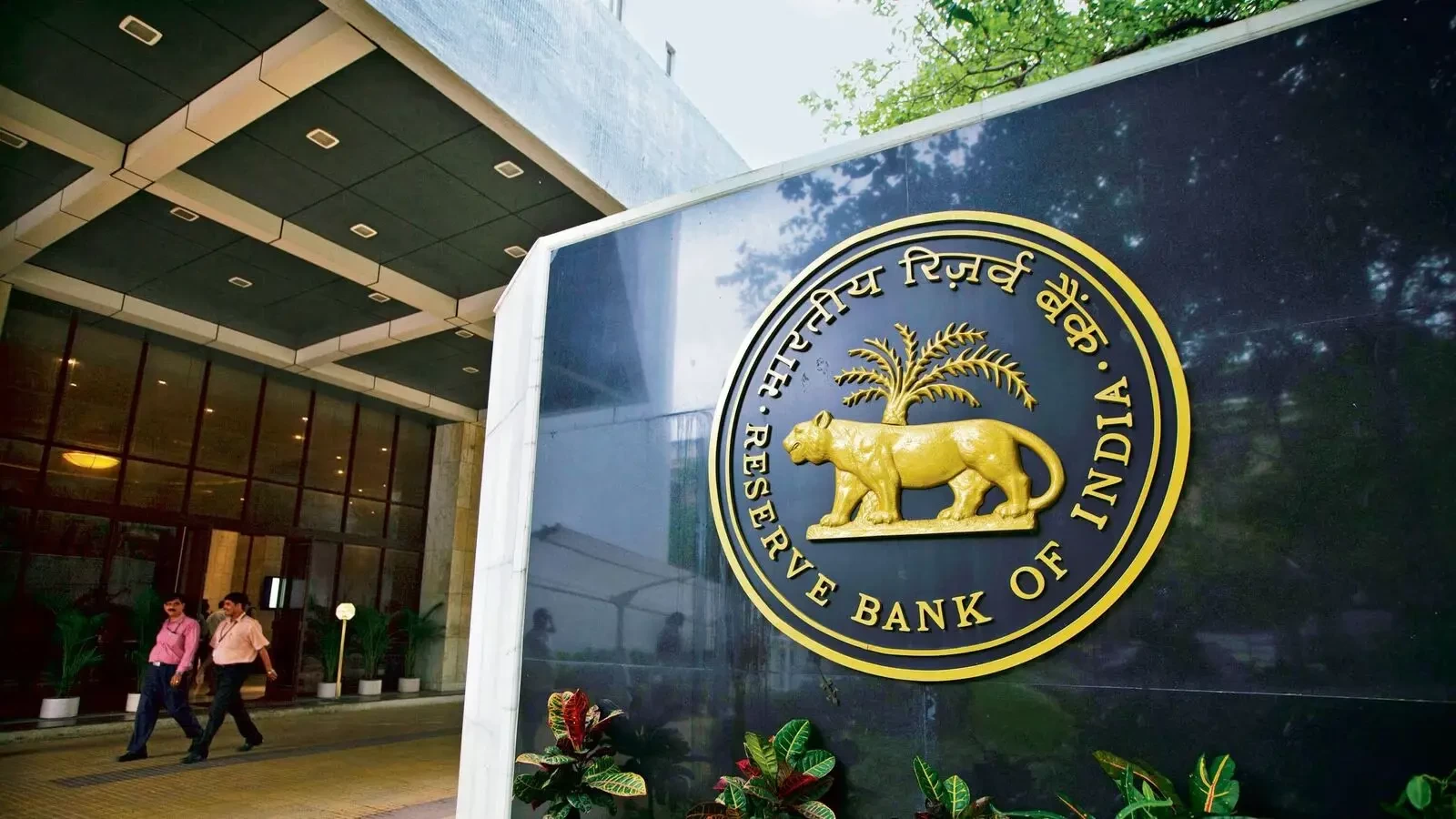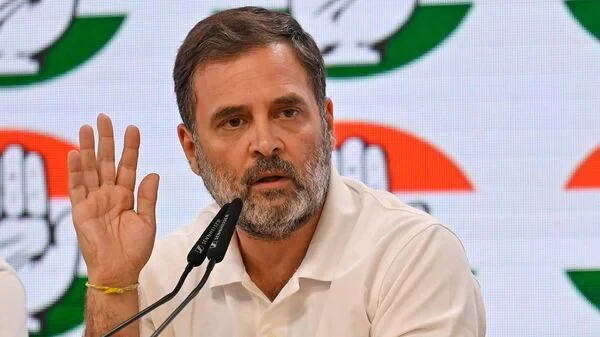Latest Updates
RBI Keeps Repo Rate Unchanged for 11th Time, Cuts Growth Forecast to 6.6%

The Reserve Bank of India (RBI) has decided to keep its key lending rate unchanged for the 11th consecutive time, citing ongoing high inflation. Despite this, the central bank has sharply revised its growth forecast for the current financial year, lowering it significantly. In a meeting held by the six-member Monetary Policy Committee (MPC), RBI Governor Shaktikanta Das announced that the repo rate would remain at 6.5%. This decision was made by a 4:2 majority. With the repo rate unchanged, loan interest rates are also expected to stay steady.
The decision comes despite the Indian economy showing signs of slowing down. In the July-September quarter, the country’s growth rate dropped to a seven-quarter low of 5.4%, falling well short of the RBI’s earlier projection of 7%. This underperformance has disappointed investors who had hoped for a rate cut. The RBI had paused its cycle of rate hikes in April 2023, after implementing six consecutive increases since May 2022. However, the MPC has revised its growth forecast for the current fiscal year, cutting it to 6.6% from the previous projection of 7.2%.
Inflation, which has remained a key concern, has also been revised upwards. The RBI has raised its inflation target to 4.8%, up from the earlier projection of 4.5%. Inflation surged past the RBI’s 6% tolerance level in October. Governor Das noted that food inflation is expected to ease in the next quarter but warned that high inflation continues to erode consumers’ purchasing power. Das emphasized that achieving sustainable price stability is crucial for fostering robust economic growth in the long run. He also noted that the global economy has shown unexpected resilience in 2024, with easing supply chain pressures in recent months. Rural demand is on the rise, while urban demand is moderating due to a high base effect.
In addition to the repo rate decision, the RBI has taken steps to strengthen the Indian rupee. The central bank has raised the interest rate ceiling on Non-Resident Indian (NRI) deposits. Furthermore, to enhance lending capacity in the banking sector, the cash reserve ratio (CRR) has been reduced from 4.5% to 4%. This move is expected to release ₹1.16 lakh crore into the banking system.









